When it comes to a startup’s earliest hires, it’s most often those who step into the first product or engineering roles who shine the brightest — and receive the most support and advice. Yet the first design hire has the power to transform the entire trajectory of a startup, shaping everything from how users interact with the product, to the branding and creative work that draws in new customers.
First designers agree to take on a role that’s filled with unlimited opportunity, as well as endless minefields. And perhaps even more so than other founding team members, it’s often hazy what this role is all about. Gaurav Bhushan, Head of Design at Keyo, perhaps said it best: “As a designer, you add the most value when things are ambiguous. Yet the gap between ‘what is’ and ‘what could be’ at early-stage startups is as uncomfortable as it gets.”
We heard gems of wisdom like this at our inaugural Founding Designer Track, a first-of-its kind community for those considering joining a startup as the first design hire. While we’ve long curated top-tier advice from some of today’s leading designers on the Review and tried to demystify emerging design roles, it seemed like we could do more to close this gap between designers’ ambitions and the uncertainty around this first foothold into the early-stage startup scene.
With this program (that just recently wrapped), we wanted to bring curriculum and community to a group that rarely steps into the spotlight. To do so, we brought together a truly standout collection of experts to give an inside look at this pivotal role — what it’s really like, pitfalls to avoid and tips to set yourself up for success. Each of these coaches (listed below) has seen firsthand the peaks and valleys that come with building a design culture from the bottom up.
- Amir Hadjihabib, First Designer at Checkr
- Anthony Short, First Designer at Segment
- David Dat Nguyen, Co-Founder of Sonix, First Designer at Gusto
- Jared Erondu, First Designer (and now Head of Design) at Lattice
- Jessica Ko, Co-Founder and CEO of Playbook, First Designer at Opendoor
- Katie Witkop, Founding Designer at Faire
- Patrick Weiss, Former Design Expert in Residence at First Round
- Rebecca Garza-Bortman, Founding Designer at MasterClass
- Sara Lin, First Designer at Parastructure (acquired by Dropbox)
- Soleio Cuervo, early designer at Dropbox and Facebook
- Stephanie Hornung, First Designer at Asana
- Teresa Man, Lead Designer at Superhuman
We’re eternally grateful to this incredibly accomplished group for raising their hands to mentor the next generation of design leaders, but we also can’t help but take a minute to brag about those who benefited from their wisdom: the members of our first cohort. This hand-picked group of up-and-comers already lend their hands to designing products you use every day — including Google, Lyft, Facebook, Netflix, Dropbox, OpenTable and more. Keep your eye on this crew — you’ll be seeing lots from them on the startup scene in the future.
To share insights from the program with the broader community, we’ve assembled several of the key takeaways that have stuck with us from these robust, honest conversations. What lies ahead is an inside look at the curriculum and the most tactical gems that emerged from each session.
Fair warning: This in-depth manual is lengthy and meant to be a comprehensive resource to return to over and over. To navigate around, click on any of the links below to skip directly to that section of this resource:
- Part 1: What does it really mean to be a founding designer — and is it right for you?
- Part 2: How do you pick the right startup to join?
- Part 3: How to excel as a founding designer.
- Part 4: How to grow your team and scale.
If you’re curious about this unique role, read on to see what it takes to climb aboard a startup as the first designer. Let’s dive in.
PART 1: UNPACKING WHAT IT REALLY MEANS TO BE A FOUNDING DESIGNER — AND IF IT’S RIGHT FOR YOU.
Like with any “first” role, there’s no clear career trajectory for a startup’s first designer because there’s no set flight path for any brand-new company. Often folks join a startup without really knowing what they’re getting themselves into — and the breakneck pace that ensues is not everyone’s cup of tea. So if you’re considering taking on the mantle of a startup’s first designer, the first step is to tackle some serious self-reflection work to interrogate whether life as an early employee is right for you and your working style. The program’s experts are here to help you do just that, outlining the must-have qualities to succeed, as well as the highlights and the drawbacks of this role that you might not have considered.
The essential qualities of a founding designer
Before we dive into the finer details of this unique founding role, let’s sketch a blueprint of what the earliest designer role looks like — including the tools you need on your drafting table. To get more specific, when you join a startup as a founding member, there’s a few skills you’ll need when the going (inevitably) gets tough. While it’s true that no one design role looks exactly the same, if the qualities on the punch list below ring true, you may be a great candidate for a startup’s first design hire:
- You’re comfortable with — not just tolerant of — change and uncertainty: “Early-stage employees are chefs at small restaurants — they’re always changing the menu and trying new things. Working at a big company is like being a sushi chef — you cut the same fish every single day. People who thrive in uncertain situations, are comfortable with a lack of structure and can context-switch are good first designer candidates for startups. The best environment for you really depends on your mindset,” said Phin Barnes, Board Partner at First Round, as he kicked off the program with fellow First Round Partner and former VP of Product and Design at Dropbox, Todd Jackson.
- You operate with transparency: “Design vision can be a superpower, but you have to be able to sell that vision of design to the entire company. The whole company is helping to make design decisions. When you’re working with a small group of founders you need to be able to explain your thought process and how you’re weighing each decision. Be the person to help tell that company story. You can’t be super protective or secretive about your work,” says Anthony Short, First Designer at Segment.
- You think with scale in mind: “It’s easy to get caught up in putting one foot in front of the other and just checking off the next task on the list. But you also have to be mindful of how the systems you’re putting in place will scale when the team grows beyond just a few people. If you wait to start thinking of structure when the team is larger, it’s already too late,” says David Dat Nguyen, First Designer at Gusto.
- You’re a jack of most trades: At a large company, you usually work on one feature, but at a startup you don’t have that same luxury. When you’re the only designer they’ve got, you’ll be doing a little bit of everything (okay — a lot of everything). “At small startups, it’s good to be a generalist and comfortable with a lot of things. Maybe you’re not the best at any one in particular — and that’s okay. At a big company, you’re focused on one thing, but at a five-person startup you’ll thrive if you’re resourceful. You’re a little bit familiar with almost everything, and if you don’t know the answer, you know how to find out,” says Todd Jackson.
- You work quickly: “As the only designer joining a young startup, you should expect to really punch on the gas for the first year or two,” says Katie Witkop, Founding Designer of Faire. “You will be responsible for every level of design, the team, recruiting and retaining talent, process management — even the office space. Nothing is beneath you. Be open to change, often.”
Throughout your journey as a founding designer, you will have every title and simultaneously no title at all.
Even if you’re ticking through these boxes and nodding your head — recognizing yourself in these traits — know that there’s more to it than that. Below, we outline the duality of the role, the brightside and the underside you should consider before taking the founding designer title.
Pros: What lights a fire under founding designers
Taking on a brand-new role at a company that’s still in its infancy opens up a host of unfamiliar challenges. But with challenges come incredible opportunities — the kind that keep you up at night, not because you’re worried or anxious, but because you can’t wait to sink your teeth into them. Here’s a quick hit list of what powers up a startup’s first designer:
Seeing your work out in the world
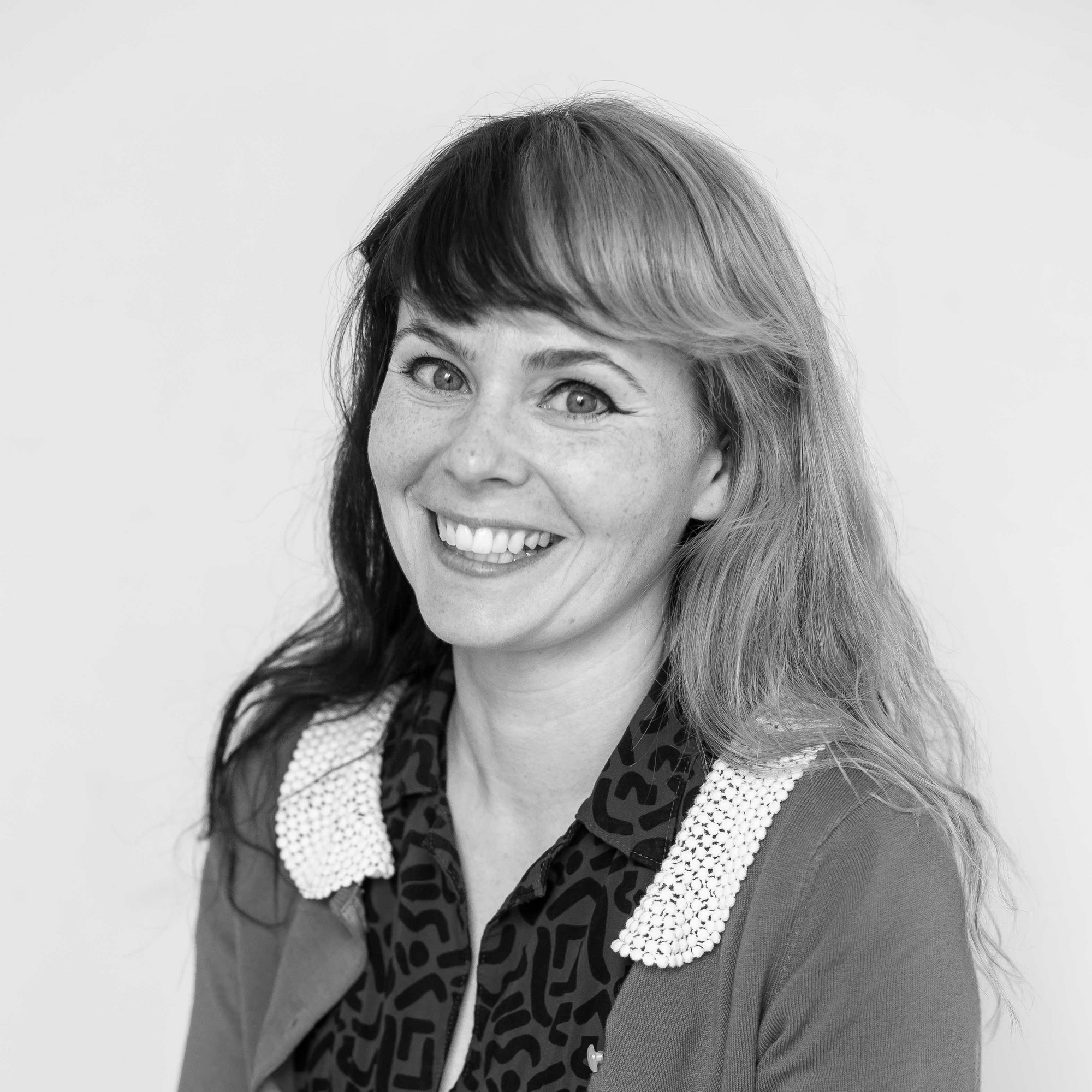
Designers, at their heart, are creators — and nothing fires up a creator more than seeing their work come to life. “Even now, I still get really excited about seeing something I designed — something I created that didn’t exist before — out in the world. Nothing beats that feeling for me. Honestly ask yourself: How much of your work do you want to see out there? At an early-stage startup your work will be seen, but at a large organization or in a consultant role, projects move much slower (or may never even see the light of day) when the company is juggling the priorities of countless other departments,” says Rebecca Garza-Bortman, Founding Designer at MasterClass.
Garza-Bortman also notes that the sheer range of what a startup’s first designer gets to take on is exhilarating. Whether it’s imagining what a class with a famous expert could be, flying to Florida to help with production at Serena Williams’ house, or designing the company’s first office space, no two days as MasterClass’s first designer were the same.
Sometimes, that work might show up in ways you never dreamed it would. As Soleio Cuervo, (one of Facebook’s first designers) shared at a session, he certainly wasn’t expecting to design a t-shirt for Justin Timberlake's appearance in the film “The Social Network.”

Influence
Startups offer an attractive level of influence that’s unattainable at larger organizations. You don’t have to convince hundreds to go along with your next big idea — you only need to convince a few co-founders. But this goes beyond an impressive “founding team” title to hang your hat on.
“Let me be clear here — influence is not solely about having a big fancy title. As an early member of the team, you’re an owner of the business successes and failures. You will have a big hand in crafting the environment, culture, design and experience the way you wish to see it. You’ll grow your skills both as an individual and as a designer,” says Faire’s Katie Witkop. “As the company grows, members may be added to the team with shinier titles and executive roles. You can’t let that distract you. Use influence, tenacity and humility to achieve effective leadership.”
If you think you can’t have immense influence without a big title, then you actually don’t have influence at all.
Cons: The most common challenges early designers will face
As with any early-stage startup role, there are plenty of potholes to dodge. Our coaches were honest about the roadblocks first designers need to face along the way.
Losing sight of good for perfect
Whether earned or not, designers often have a reputation for being perfectionists. There’s more to design than making every pixel perfect — simplicity and speed are essential skills at a startup. “Speed is not a dirty word. For better or worse, speed has been — and continues to be — one of my top skill sets as a designer. It’s allowed us as a company to take big bets, iterate quickly, build our brand, and strengthen my position on the team over time. Now I know what you’re thinking, ‘How can quality design be done when you’re rushing?’” says Witkop.
Design process is important, but losing sight of good for perfect is not a privilege available to a design team of one.
“Moving fast and iterating quickly allowed us to build a company successful enough to hire a team of five designers down the line. Don’t be afraid to revise and redo when you later have a team to support you,” she says.
Finding your place within the company
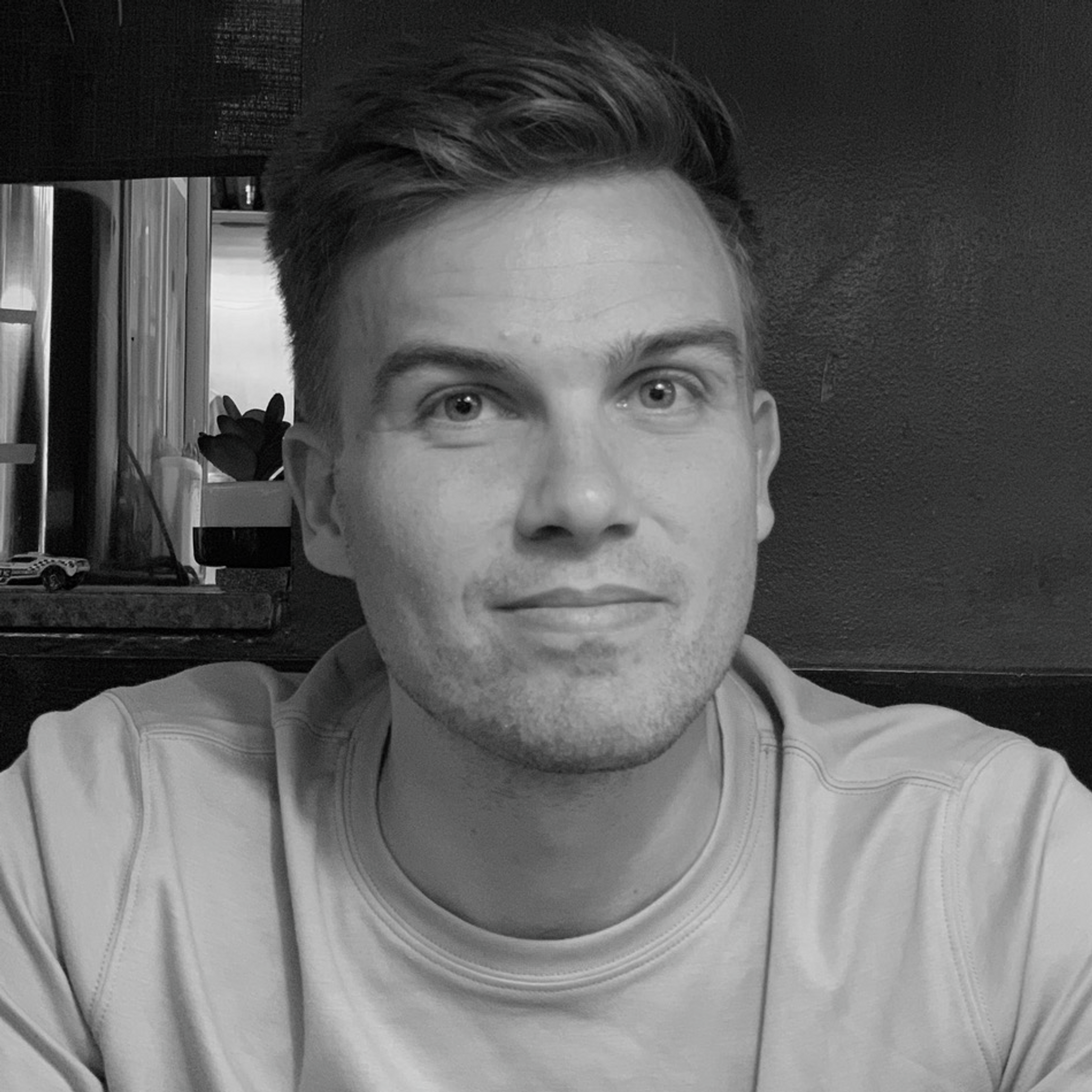
Design may align most closely with product and engineering, but beyond this immediate circle there are a whole host of other stakeholders you’ll need to lend an ear to. “It can be challenging to find a leg to stand on when you’re working with other departments. For example, marketing is held against very particular metrics, and if folks don’t hit them they’re at risk of being fired. Whereas design is not held to strong metrics and may want to push for things that can’t be measured,” says Anthony Short (Segment’s first designer).
“Although design usually sits on the product team, marketing and sales are our partners as much as product is. It’s super important to take the time to develop these relationships and have empathy for those departments. It’s a really delicate balance of allowing other teams to have input but also protecting your vision as the ultimate authority. You were hired for a reason,” he says.
PART 2: MAKING “THE PICK” AND FINDING THE RIGHT STARTUP
So you’ve decided you want to take the plunge and become designer number one at the next great startup. You’re ready to take on the challenges, hold on through turbulence, and create something from nothing. In the midst of excitement for this big career transition, it can be tempting to grab the first opportunity that lands in your lap. But if you’re able to, it’s worth taking the time to rigorously evaluate which startup to join. If there’s a mismatch in scope of the role, tension with the co-founders, or an unstable business model ahead, you might get soured on the founding designer experience.
How do you find the right opportunity, and evaluate (without the aid of a crystal ball) if it’s really the best path forward? There’s no set of criteria that point to the next rocketship you should grab a seat on. But with the right amount of due diligence, you can set yourself up for finding the best fit for your skillset. Here’s how:
Reaching the right people
Perhaps even more so than a typical job search, finding a startup that’s in the market for their first designer is a game of networks. At the very early stage, most founders aren’t working with recruiters and lack the funds to leverage traditional job posting boards. (Although many venture capital firms help the companies they've backed with recruiting in the early days, so be sure to check out sites like our own First Round Talent portal here.) That means you’ll have to flex those networking muscles to come across opportunities you might not have seen otherwise.
Jared Erondu (First Designer and now Head of Design at Lattice) shared a practical pointer for expanding your network: "Design and tech communities are often undervalued. You never know if you might form a relationship now with someone and start a company with that person five years from now. If you’re interested in someday joining a startup as a founding designer, prioritize joining these communities now," he says. To put this advice into practice, consider a few of the many fantastic communities and mentoring programs to choose from, including the Creative Lady community, Designers Guild, Designer Fund and Out in Tech. Plus, amidst the drastic 180-shift to all remote work, there’s never been a better time to hop on a Zoom call and get connected with those outside of your current geographic bubble.
Getting to know the founding team
After getting your name out there and putting in the work to expand your network, maybe you’ve come across an opportunity that piques your interest. While you may be over the moon excited, several of the instructors cautioned against ignoring founder red flags for the sake of the chance to shape a new product.
For the program attendees, this piece of advice was particularly impactful: “As designers we’re overly invested in product quality, but product is not the be-all or end-all. Being reminded that the success of a business does not hinge entirely on the product — with exceptions — is both liberating and scary,” says cohort member Kaye Mao, Interaction Designer at Google Health.
When it comes to evaluating the founding team, start by reflecting on your own priorities and what you’re seeking in your next career move. Journal about what your dream role might look like — how you work with the co-founders, what drives product decisions, and design’s seat at the table. Then, start seeing where the opportunity in front of you aligns. The instructors recommended honing in on three key areas: personal priorities, company philosophy and the importance of design.

- What’s your priority? Lattice’s Erondu simplifies this massive question by using the three P’s: Purpose, People, and Pay. “Purpose is what typically drives most employees at a startup — the opportunity to solve a problem that you’re passionate about. But this isn’t the only piece of the puzzle here. You can also be really driven by the people that are solving that problem with you. As for compensation, if that’s your primary motivator, you’re likely going to want to do a later-stage startup where the pay is not so grounded in stock options.” Erondu suggests stack-ranking each of these areas to start to get to the meat of what’s most important to you.
- What drives the DNA of the company? Is it a product-driven company or a sales-driven company? What are the philosophies that take root in each branch of the startup. For example, as the Lead Designer at Superhuman, Teresa Man works closely with the company’s founder and CEO. “He’s very design-minded, but in a different way than I’m used to. He tends to ask, ‘How does that product make people feel?’ The core DNA of Superhuman is considering this central question. That’s a new mentality for me, because it’s not very measurable. But it’s been a really interesting challenge to consider design in that new way.”
- How do they think about design? “You want to dig into their design values. Have very concrete questions around why design or branding is important to them. Keep probing with follow-up questions using, ‘How,’ ‘Why,’ or ‘It seems that…’ until you get concrete insights into their understanding of what constitutes design and branding, what they really care about, and why they care about it,” says Sara Lin, First Designer at Parastructure. “If design discussions are all around the cool new tech instead of solving the problems of the business, it can be challenging to point the founders in the right direction. Changing a co-founder’s mind is harder than you think.” She also implores you to be honest about your own strengths — it will make for smoother sailing later. “You need to know yourself and be upfront with the co-founders about what your strengths are as a designer. Is it visual, management, UX, or something else? This will help identify if you’re a good fit for executing their vision,” says Lin.

As the interviewee, it may feel like you’re the one in the hot seat, but as the potential first designer at a startup, you’d be making your way across uncharted territory — so it’s in your best interest to get a rough lay of the land. But interviewing with non-designers about design can be incredibly challenging, and may require you to wade through a lot of hand-wavy marketing speak. You won’t have endless time with the founding team, so it’s important to make sure your questions pack a punch. Consider these prompts from Anthony Short (First Designer at Segment) for sparking more illuminating discussions with the founding team:
- Who is a designer you’ve enjoyed working with and why? “There could be some red flags to look out for here. If they talk about shipping quickly and focusing on visual details, they might not be used to working with more senior designers involved in the strategy. If that’s the case, design is going to have a hard time pushing for features that are hard to quantify, but that increase the overall product quality.”
- Can you give me an example of a well-designed app? “I’ve used this question as a way to understand how they think about the role of design. Most of the time people will look at visuals, but I think more senior engineer-minded folks will look at how a designer has helped the team solve a user’s problem in a really novel way.”
- Can you tell me about a time when you’ve had to sacrifice on quality? “I think for people like me who care about the details, I tend to remember those little battles I’ve lost where we didn’t get to work on something we thought would be better for the user but hard to quantify. An example of this might be spending the time to make sure the URLs of the app were really thoughtful and accessible, or taking steps to make sure the site showed a nice preview in Slack whenever it was shared. Features like that are always hard to balance against meatier work, but they add up. This question can help evaluate if you’re both aligned in terms of philosophy and priorities.”
- Why is the company hiring their first designer now? “When and why the first designer is hired can tell you a lot about how the founders value the discipline. This culture of how they treat design will permeate the rest of the company as it grows.”
Evaluating the upside
A quick caveat here — even if you’ve found your dream founding team, you’ve still got to do your own due diligence to make sure the startup has the legs to go the distance. There’s no secret formula here, but in his session, Jared Erondu of Lattice suggested putting on your investor cap. Here are a few specific areas to consider:
- The space: Are you considering a consumer business or an enterprise business? And what are the nuances of certain industries that might work against the kind of velocity or interaction cycle you’re looking for? "For example, with a healthcare company, you’ll have to work in a highly regulated environment. For companies producing a physical product, you’re sure to experience much longer product development cycles. Do your research to anticipate these challenges before signing on,” he says.
- The customer: Are you truly excited about the problem that you’re solving and helping the specific customers the company is targeting? You really need to know your customer intimately — and frankly, you need to like them. You’re going to be in their brains, examining their pain points, experiencing their joys and feeling their lows for years.
- The distribution: As designers, we tend to think about building product rather than thinking about how the product will get into users’ hands. But the ratio of startup work is actually more like two-thirds focused on distribution and one-third focused on product. Consider what channels will be leveraged to successfully get the product out into the world.
- The ‘why now?’: Technology trends come and go. Is now the time to invest years of work with this company? Are they at an inflection point where the market is huge, and are they at a point where your contributions as a designer would be critical to the business?
PART 3: EXCELLING AS A FOUNDING DESIGNER
You’ve landed your dream gig as the first designer at a startup with a founding team you click with. You’re in the door, but the hard work is just beginning. What comes next? To put it frankly, success isn’t assured. To excel as a founding designer, you’ll need to carve out a path for yourself without any tracks to follow.

Across each of the sessions, the coaches emphasized one core responsibility above everything else (and no, it’s not to avoid Lorem Ipsum, although that was also a unanimous plea): The single most important goal of a founding designer is to establish design as a critical function for the business. It’s pulling up a chair so you have a seat at the table. It’s battling for your voice to be heard. David Dat Nguyen, First Designer at Gusto, put it quite succinctly: “You need to be ready to rumble.”
If that sounds daunting, we don’t mean it to be. However, it does get to the magic of what makes programs like Founding Designer Track so special. If you want the inside, warts-and-all look at what it really means to forge a new path as the first designer of a fledgling startup, you need to lean on the guidance of those that have tread the path before — if not multiple times.
So how do you plant your flag amidst a sea of (often conflicting) voices and company concerns? There’s no one-size-fits-all answer here. What each company cares about, and how you center design’s mandate, will vary wildly from startup-to-startup. Instead of leaving you hanging to figure out how to pull it off on your own, the instructors got incredibly tactical about what’s worked — and what hasn’t — for them as they forged a similar path. Consider these five key areas that are critical to proving design’s mettle.
Make design the cultural backbone
Design’s role will vary widely depending on the product, the industry and the makeup of the founding team. But as an overarching goal, consider design as an extension (and a driver) of the broader organization’s culture. “Crafting the design culture is similar to crafting the company culture. We emulate the companies, products, and people we admire. So what does your startup aspire to be? Establish a foundation for what design is at the company by building off of what the company values and prioritizes,” says David Dat Nguyen of Gusto.
Soleio Cuervo, former Head of Design at Dropbox and an early employee at Facebook, echoes this sentiment with an apt metaphor:
Think of design culture like the skeletal system of an animal. Just like a skeleton reflects the nature of the creature it resides in, design culture exists within the context of the broader company culture. It must work in service of the entire entity.
Design must evolve as the company grows and continue to reflect the product’s core values. Consider this example from Teresa Man, Lead Designer at Superhuman:
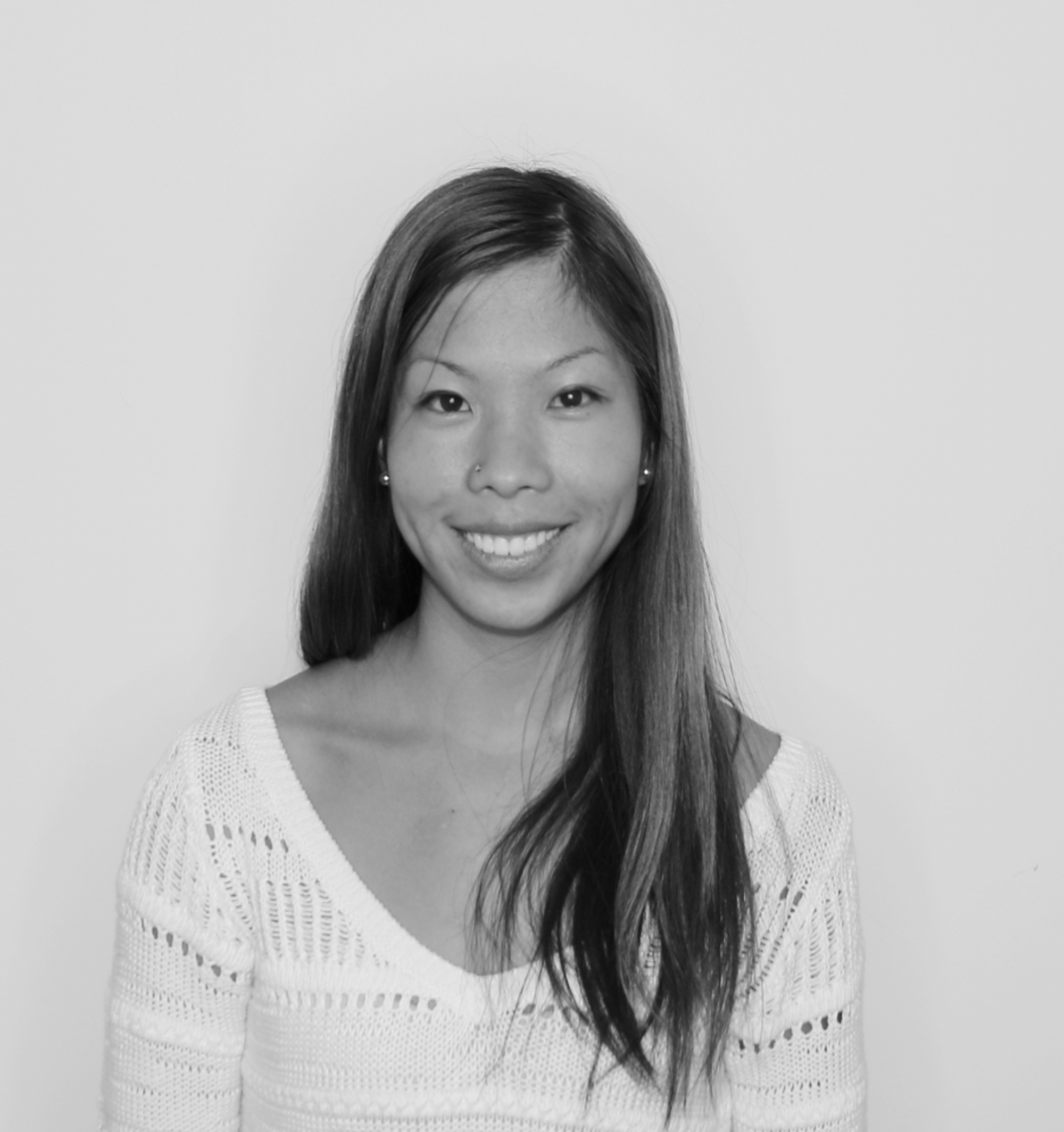
“Superhuman’s DNA is rooted in how fast the user experience is. As the lead designer, I know this is the one thing that cannot be compromised. Email is not a new paradigm, but because at Superhuman we are so focused on speed, we have to think about what design we can embed that reinforces that fast behavior,” says Man. “That might mean removing icons and buttons and text that people are used to seeing in their email experience. The idea is that if we show them a button they really don’t need, they will click on that button and it will slow them down. We deliberately did not include any back buttons on the mobile app — the only way to go back is to swipe. We are tailoring the design to drive home how users can work more quickly, which reinforces our product’s core differentiator.”
But for design to be reflective of the entire company’s culture, you need to open up design input across the company — not just within a narrow group of stakeholders. At Superhuman, Man has embedded this ethos in a few key ways. “Everyone has access to my Figma files, and we post different design ideas on Slack that anyone can discuss and vote on. We also host design sessions with everyone at the company and pay a lot of attention to feedback from those that are closest to the customer. It’s high-lift, but we really take the time to walk through the design process with the customer delight and onboarding team to share why certain design decisions were made and listen closely for their input. No one knows our customers as well as they do.”
Anthony Short of Segment also reminds us that tapping into this customer mindset is critical for balancing your lengthy to-do list with company-wide goals:
Being at a startup is like if you’re in a dark room. You sort of know where you are, but can’t really see all that well and you’re only focused on what’s right in front of you. Don’t forget every now and then to turn on the light and see which direction you should be going in with broad user research and exploration.
Showcase your chops

With limited metrics to evaluate design against, it’s no surprise that senior leadership questions what design brings to the table. But, according to Amir Hadjihabib, who was an early designer at Zendesk and the first designer at Checkr, “Across any startup, the primary goal of great design should be to get more customers.” To do so, you must remain in lockstep with the other leaders driving the strategy for the company as a whole.
“There should always be a strategy that defines the role design plays. You must align with the founders to ensure you’re working on the highest-impact business goals. You’re partnering with the CEO to get customers and you need to know what those overarching goals are so you can look at them with a design lens every day,” says Rebecca Garza-Bortman of MasterClass.
When Garza-Bortman joined MasterClass as the first employee and designer in 2013 to design the initial product and brand, the company invested heavily in branding from the very beginning — not because of chance, but because that was Garza-Bortman’s secret weapon. “The company wanted to offer a premium experience, and the visual language needed to align with that luxury. One of my first projects at MasterClass was imagining how the company branding interacted with a single class (that we hadn’t even filmed yet) for Annie Leibovitz,” she says. “That one speculative page design was used to get prospective instructors pumped to be a part of the company, and set a quality level and tone for future classes.”
Guard your time
Working at a startup can be like trying to decide which of the ten different burning fires you need to put out. When someone’s asking you to jump in and help, it can be incredibly hard to say no, even when you’re already overextended. By closely aligning with the priorities set at the highest level, you have more reason to say no. “Focus is paramount; if you’re doing a good job, your startup will want more. By mapping to the strategy you provide clear boundaries and guardrails,” says Hadjihabib. Katie Witkop of Faire is in full agreement here — you can’t battle each blaze simultaneously:
Sometimes acknowledging a smoldering fire, and actively telling yourself to worry about it another day, is completely justifiable and often the right call.
More tactically, as a founding designer your schedule is likely to fill up with “quick syncs” and other back-to-back meetings with cross-functional teammates. “Protect your time for the important work. Typically at startups, when the company finally gets a designer on board the team is extremely excited to build a bunch of stuff. You need to invest your time in what is important to the company goals,” says Garza-Bortman.
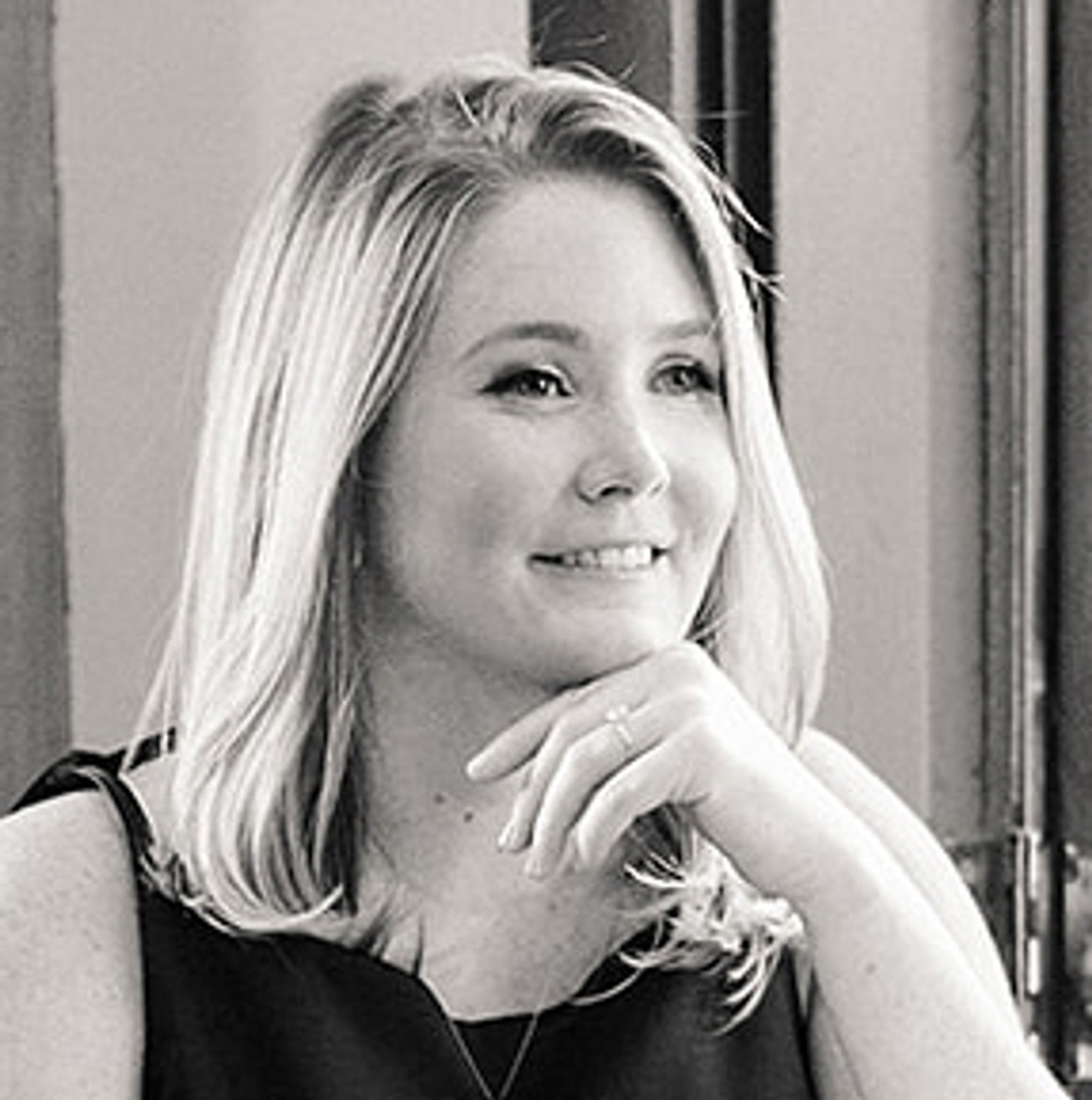
It may take a bit of practice, but you’ll start to get more comfortable clicking “no” on that meeting invite. “At a young startup, your job will change every three months — this is a good thing. As the founding designer your job is to be nimble, agile and work on whatever is highest priority for the business to be successful. With all the work you'll be doing, you don’t have time for meetings that aren’t relevant to design,” says Witkop. “My CEO understood this well — he used to barrage me for taking any meetings except product kick offs, design reviews, and all-hands on Fridays. Now, I am now a fierce defender of my schedule, and feel comfortable pushing back meeting times or organizing them so that I protect undisturbed hours of the day to design.”
Controlling your schedule — at a company that is in rapid growth and unstable at times — is one of the best ways to take back your sanity and have time to do quality thinking.
Get comfortable flying solo
Another pain point? As the only designer, you need to be comfortable evaluating your own design. “Yes, getting feedback from your cross-functional partners is super important, but they won’t be considering it with a designer’s eye. You’ve got to be able to look at your own work and remove as much bias as possible,” says Sara Lin, First Designer at Parastructure. Here, Lin includes a few tactical tips for turning a critical eye to your own work:
- Break down the problem: “Design contains so many different factors: The core problem, engineering capability, interaction, visual, copy, and so on. Evaluating them all at once can be very frustrating and leave you going in circles. Try narrowing it down to the most critical aspect to focus on right now.”
- Get inspired: “You can get out of a design silo by evaluating different design approaches from products that solve a similar problem. For example, both Medium and Google Docs have commenting features. What are the differences between their designs? Think about what might have led them to make these choices and how comparable their feature goals and context are to your own problem at hand.”
- Think bigger: “It’s often incredibly difficult to evaluate a single design in isolation. Instead, if you can create three different options (even including some bad designs) you can take a step back from being married to one solution and instead focus on addressing the problem.”
Build a system — but not a Rube Goldberg machine
As an artistic, creative designer you’re probably more of a right-brained thinker. Perhaps you’d feel happiest left to your own devices to dream and create. But as a critical cog for your startup, you need to be interlocked with all the other gears so you can all turn and move forward together. This is where that operational, methodical left side of the brain comes in.
“When you join a larger company, you may not really need to think about processes and infrastructure. Those systems have probably been in place long before you arrived and will live on after you leave. But at a startup, you need to be thinking about how to set up the design team for success in the future — even if right now you’re just a team of one,” says David Dat Nguyen of Gusto. “It’s not just about getting something done and then immediately moving on to the next project. You’ve got to think about the processes that can help scale quality. What are the points of friction with other departments that are causing crossed wires? Remember: A design team is only as happy as its cross-functional colleagues,” he says.
Keep in mind that it’s a balancing act — you want to introduce lightweight processes so it’s not a free-for-all, but don’t get carried away and try to copy-paste FAANG design processes onto a small, scrappy team.
“Don’t get bogged down by Medium posts that promise tried-and-true solutions to design processes and workflows,” says Anthony Short of Segment. “At large companies, designers often have each step outlined, including research, testing, exploration, prototyping and design sprints. But at smaller startups, the communication layers are shallow, with only a few people at the company. Many of the steps involved at larger companies do not apply to a startup and add an unnecessary anchor to your speed. Think about what’s needed for the company stage you’re in and don’t over-engineer something because of one person’s opinion on how it should be done.”
PART 4: HOW TO GROW YOUR TEAM AND HIRE WELL
Life as the first designer doesn’t mean that you’ll always be the only designer. Hopefully, at some point during your company’s journey, you’ll start hiring to grow your team and amplify the impact of design in the long-term. (If you’re taking notes, Teresa Man of Superhuman suggests that the usual ratio is nine engineers to one product manager and one designer.) While it may be tempting to stay heads-down on direct execution, hiring should be treated with the same careful eye and painstaking effort you give to all of your design projects. “Being a good founding designer is half execution and half thinking about scaling the culture and the team,” says Andrew Lee, Product Designer at Notion.
For starters, there’s the old mantra to hire slow and fire fast. Instead of rushing the process or skipping over best practices because you're pressed for time, focus on growing thoughtfully. As you scale design’s imprint, keep your eye out for these common challenges:
Building a balanced team
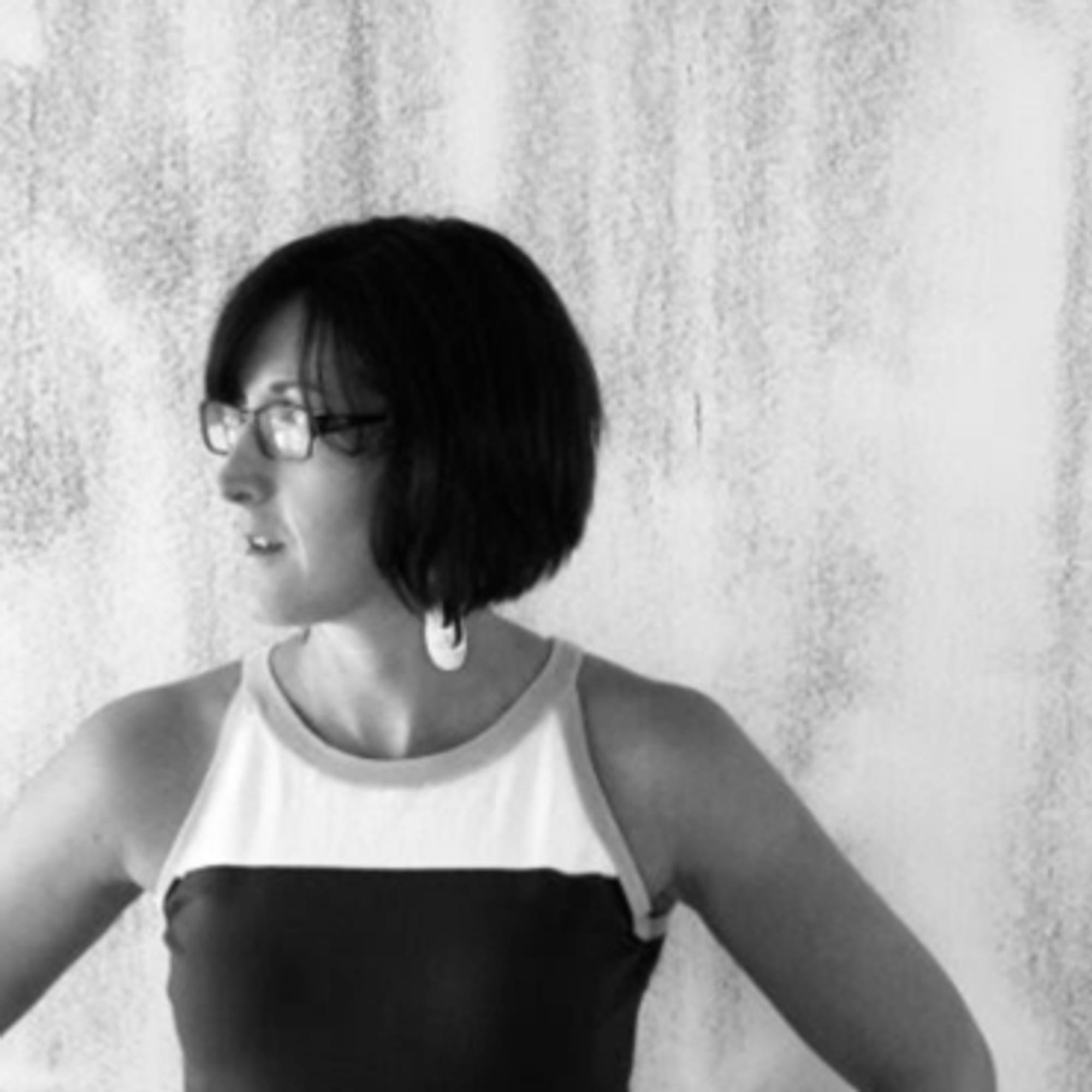
There might be temptation (and pressure from other stakeholders) to hire a designer with your same skill set. After all — you’ve been such a great first designer, why wouldn’t they want the same type of person to continue building out the team? “The founders already know how to work with ‘Stephanie,’ so most likely they will want to hire someone that they can plug in, who is similar to your process, so that it's easier to bring that new person onto the team,” says Stephanie Hornung, First Designer at Asana. But there’s a few key reasons you may want to resist that temptation.
- Complement — don’t copy — yourself: We all have our strengths and our weaknesses — maybe you’re fantastic at proving your worth and gaining influence with the co-founder team, but you need someone to come in and be a heads-down executor. “Assess your strengths and weaknesses and focus on filling your gaps (both in soft and hard skills) and identify new subdisciplines that support the company strategy. Introverts might hire extroverts, someone with more people ops skills might hire someone who is a bit more focused on task-based work. You need to be honest with yourself about the gaps that currently exist,” says Patrick Weiss, former Design Expert in Residence at First Round. “If you’re unsure, this is a great opportunity to connect with your cross-functional partners to get their assessment on what could help move the needle.”
- Avoid diversity debt: Before you reach out to your favorite designers from past companies, consider the ramifications of such a narrow purview — even if that means the hiring process takes a bit longer. “The reality is that most people's networks don't reflect the diversity of the customers they serve. The hiring managers and founders face a trade-off. You need to be willing to hire fewer people per quarter while you expand your network,” says Phin Barnes, of First Round.
To attract diverse talent beyond your immediate circle, you’ll need to start flexing your networking and personal branding muscles. There’s no way around it — this will require an investment of time and resources. But to mix our metaphors, it’s worth it’s weight in gold when you find the person who fits in at your startup like a missing puzzle piece.
“You’ve got to be willing to play the long game — building your talent pipeline is a mix of recruiting and networking. And when you’re small and want to grow fast, then expect to spend more than 20% of your time on recruiting,” says Hornung. “Coffee chats are a super valuable tactic for getting to know people outside my close circles. Don’t approach it from a recruiting standpoint, think of it as learning from each other. Even if they’re not right for the job, they can help point you to someone else who might be.”
Another helpful strategy? “Building up your personal brand is a great way to attract diverse talent. Look for opportunities to write articles on your personal blog or Medium page. Volunteer to speak at the local MeetUp in your area. Get people excited about your ideas and wanting to work with you,” she says.
Hornung also reminds us of another critical factor. “When you bring someone onto a small organization who has a different approach or process or is from a different background, you need to go through an honest assessment to make sure that the startup is an inclusive environment for everyone to work. Hiring diverse talent is just the first step, and you need to do the work in your organization to make space for new voices.”
Preparing non-designers to interview designers
You’ve winnowed down your candidate pool, now you need to assemble your panel. This can get a bit tricky, because when you’re the only designer at the company, you are guaranteed to have non-designers evaluating designer traits. “Identify the people in the room and if they can understand design. Consider those who have a good handle on customers. You want to find engineers, PMs, and founders who are product-centric,” says Jessica Ko, First Designer at Opendoor.
To make sure everyone is evaluating within the same scope and expectations, develop an interviewing rubric. Include high-level criteria that don’t directly relate to evaluating design, but speak to how they will be as a teammate, such as “Does this person show empathy concerning completing goals?” or “How excited would you be to collaborate with this person?”
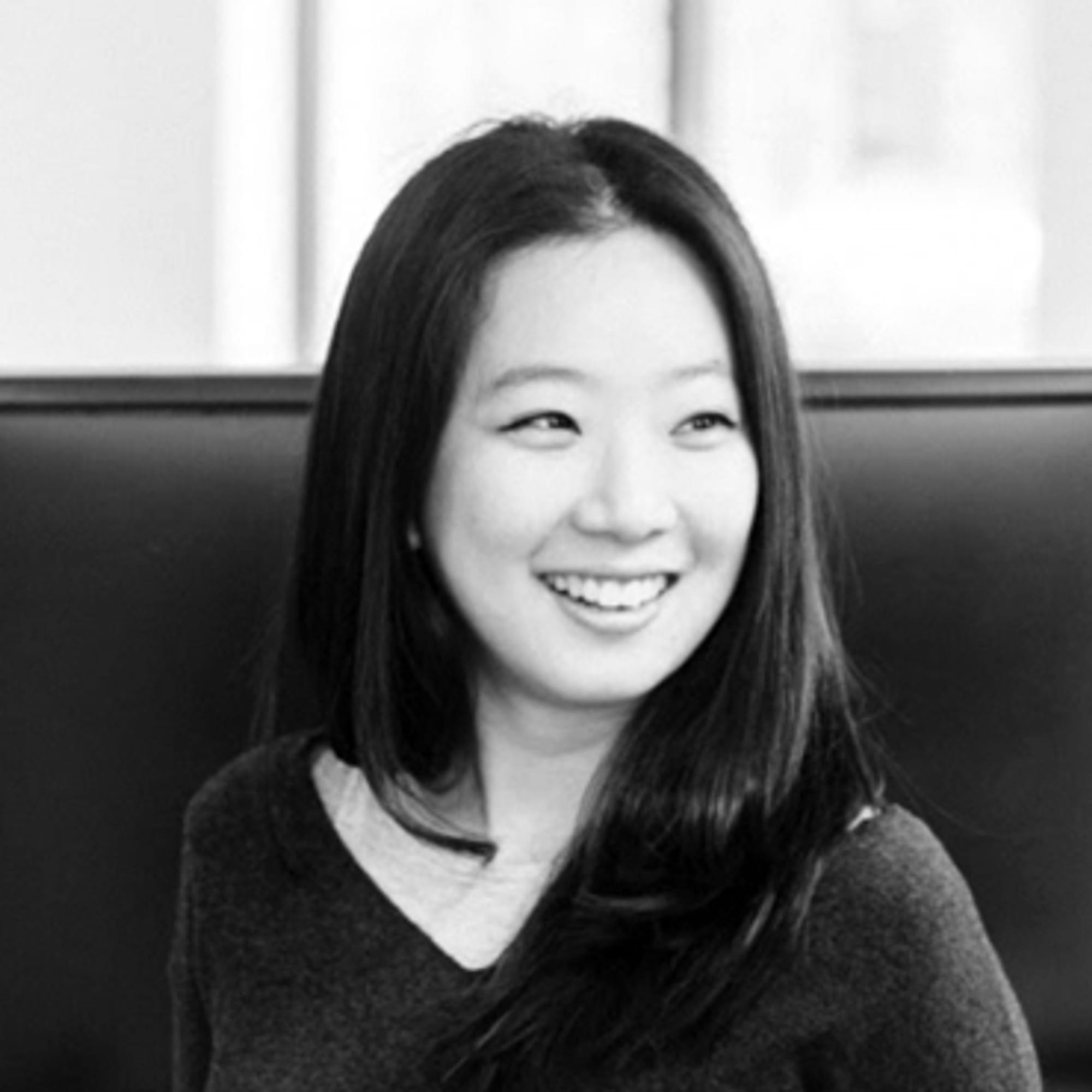
According to Ko, the single most important skill to evaluate for when hiring the next designer at your startup is a beginner’s mindset. Here are her tips for evaluating this somewhat nebulous criteria:
- “When you ask for clarification, do they consider the question and answer? Or do they talk around you and get defensive? If they can't take criticism, if they get defensive, you probably would not want them on your team, no matter how beautiful their work is. At a startup, every relationship counts. Dealing with someone with a ton of ego is often not worth the extra stress.”
- “Do they re-evaluate when they get new information? Or do they stick to their guns and their entrenched position?”
- “Do they see the product and engineers as partners or do they see them as blockers to their work? If they can't see the world through others’ eyes, then they can't be coached. And if someone can't be coached then it will be extremely difficult to work with them.”
Hiring your own boss
Katie Witkop of Faire has hired plenty of designers over the course of her career, but when it came time to hire her own boss, that was an added wrinkle. “You need to nurture your team and allow it to supersede you. Two years ago, Faire’s CEO told me that we would need to hire a Head of Design that can build a 100-person design organization. I had the choice to try and stretch up to that role, but painfully acknowledged that it surpassed my management experience and ultimately was in another direction than where I wanted to personally grow,” she says.
“From them on, we started the search for a Head of Design. We looked for this role for over a year and a half. When we found the candidate we eventually hired, the CEO and I finally felt like we’d found who we were looking for. He was thoughtful, process-oriented, and interested in the recruiting and development of designers,” she says. To find your next great design leader, borrow these questions from Witkop’s own interviewing arsenal:
- What did you enjoy most about your last role in design leadership?
- Explain your most recent team org chart. How many people were on the team? What were their roles? Did you hire all the members of that team?
- How do you view design versus management career opportunities? How did these roles scale in your prior organization?
- How do you see the role as Head of Design for our [interviewer’s] company? What areas are you most excited about? What areas do you see as opportunities for growth or improvement?
- Where do you [interviewee] see my [interviewer] role evolving in the next six months to a year?
- What type of feedback do you like to give during design reviews?
- What qualities do you look for in a designer on your team?
- Have you ever experienced a bad report? How did you handle the situation?
- What is your current process for firing a report?
- Would you have done anything differently in your past leadership roles? If so, what?
Most founding designers dream of owning their organization, leading through title and management — and originally I was no exception. But ultimately finding and recruiting my boss has been one of the things I’m most proud of, because I designed a business that could grow beyond its founding members.
Making sure design is a team sport
As your team grows, your role takes on a whole new meaning. No longer a one-person-band, you’re responsible for pointing the team in the right direction. It’s overwhelming, especially for folks that have limited management experience, but there’s also beauty in a blank canvas to paint on. Keep these core focuses in mind:
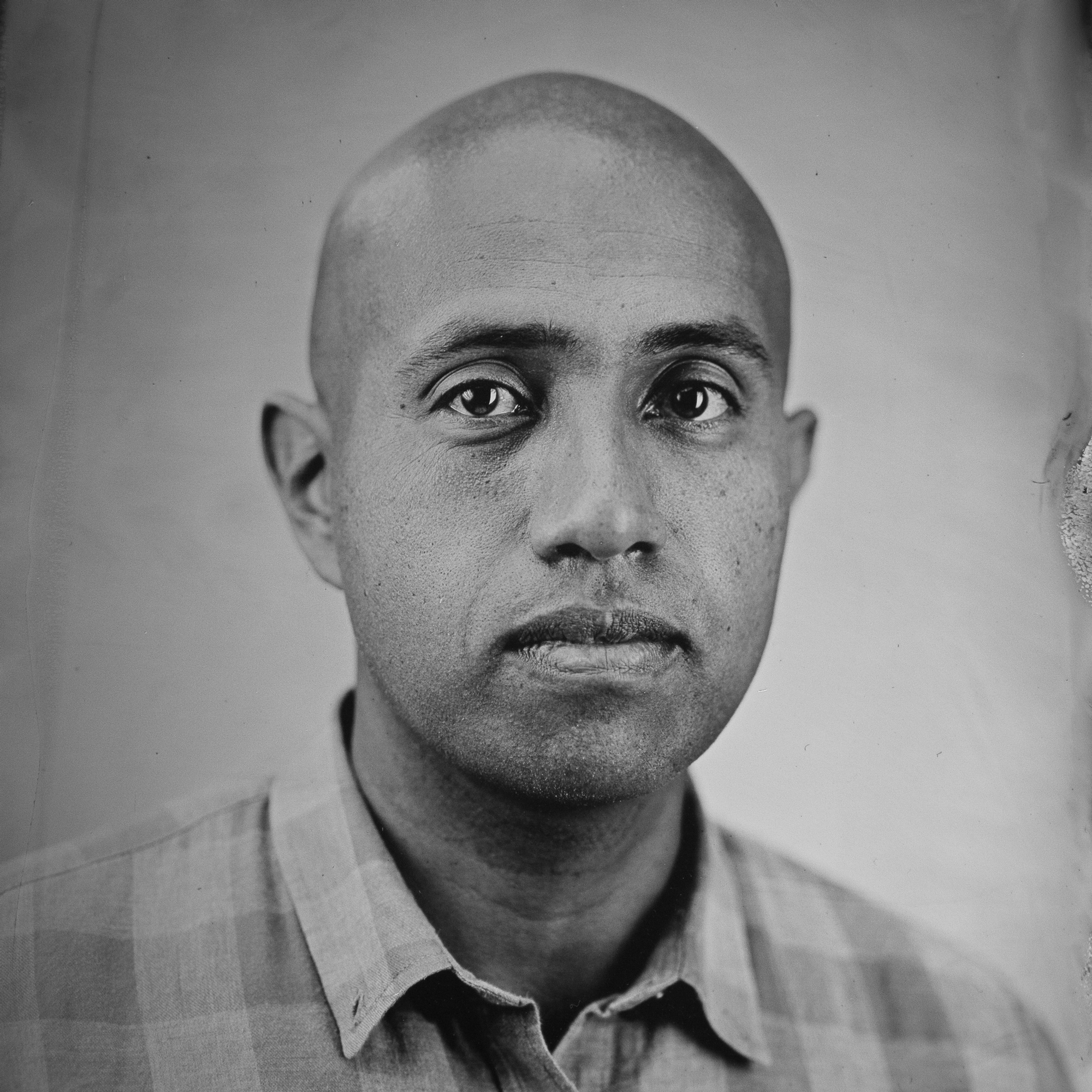
- When Soleio Cuervo, formerly of Dropbox and Facebook, and Patrick Weiss, former Design Expert in Residence at First Round teamed up for a session, they shared this insight: “What’s your version of the West Coast offense? You and your teammates get to write a new playbook. Iterate on ways of working together that amplify your individual strengths.”
- “Hone your team’s story and codify your values. Figure out how you work together and then how best to explain your internal process to the rest of the company and new hires,” says Anthony Short of Segment.
- “Success is about collaboration across disciplines. Measure your team’s impact by how well it works with other functions,” says Short.
Finally, Short implores you to rethink what it means to be a leader, beyond the flashy title. “Don’t stamp your feet to get a new role. Be okay with your current role, while knowing that you eventually want to get to a higher level. Focus on building your relationships up to take this next step. You need to earn your leadership — it’s not given, you need to build up the people around you; people need to believe that you can lead them.”
SOME CLOSING THOUGHTS: HOW TO STAY AFLOAT IN CHOPPY WATERS
Like any “first” role, operating as the founding designer can feel a bit like you’re on an island of one — out of reach and misunderstood by others at the company. “Life as the first designer is actually quite lonely. You’re constantly working with engineers or salespeople or others that don’t quite get what you do. Sometimes you look up and you realize you’re missing someone to lean on when everyone is relying on you. So be prepared for that, and jump at the chance to hire a second designer when you get that opportunity,” says Stephanie Hornung of Asana.
Superhuman’s Teresa Man has seen this across her career in other roles — but couldn’t quite put her finger on what she was feeling until she started meeting with other design leaders. “Even though I might have colleagues that are design-driven, it’s definitely not the same as jamming out some sketches, concepts and prototypes with another designer. It’s crucial that you build your support network of creatives with those outside your startup to help cope, and maybe geek out on some good (and bad) fonts together.”
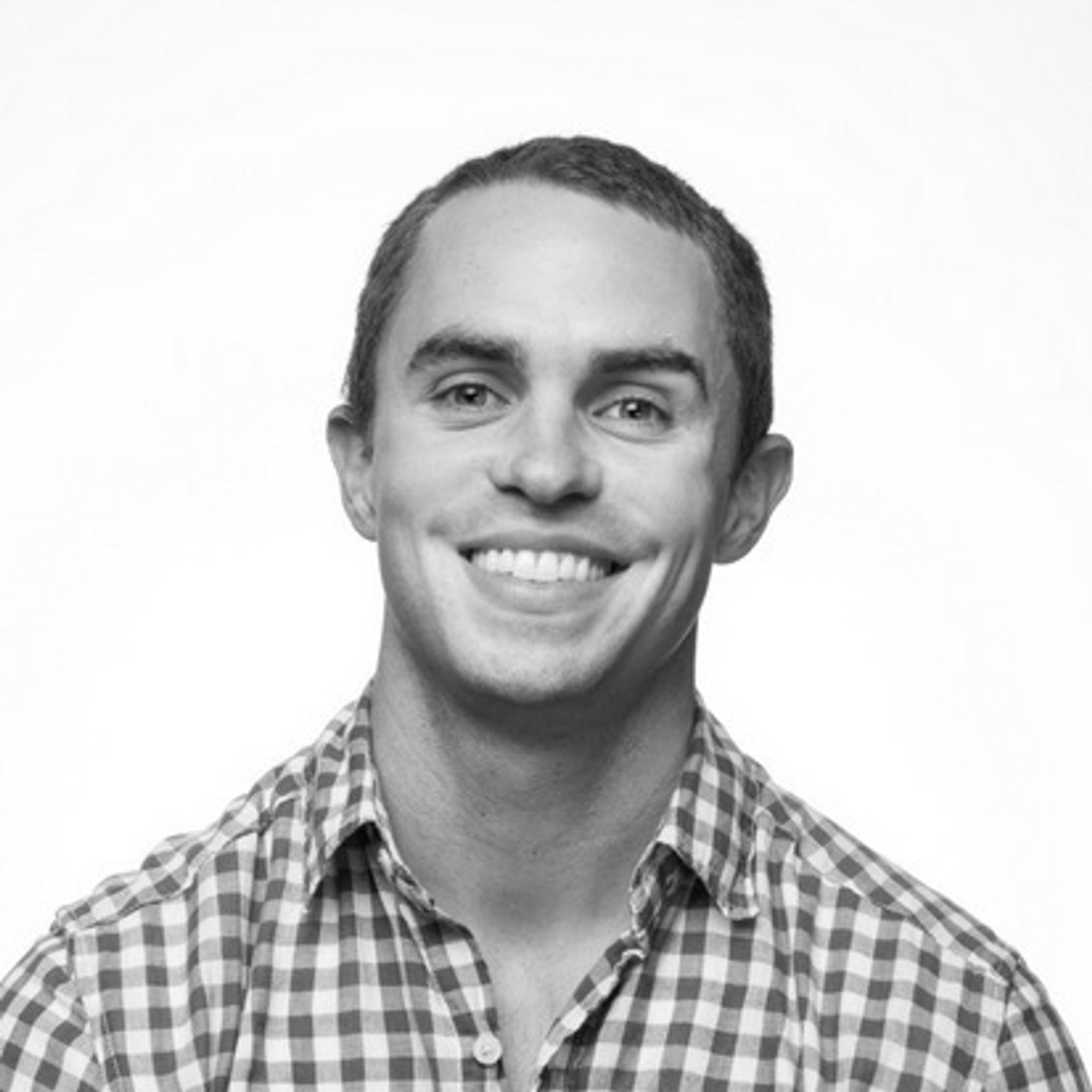
In addition to seeking outside mentorship and design communities to help lift you up in these lower points, any startup employee must first and foremost take care of their mental health and stress management. “There’s no way around it — building a company is incredibly stressful. You will battle impostor syndrome and there will be plenty of days where you’re wondering ‘What have I gotten myself into?’ You have to start thinking about managing that stress before it hits you like a ton of bricks — not after,” says Patrick Weiss, former Design Expert in Residence at First Round.
“It's easy to feel like you're the only person struggling with something—especially as a solo designer on a team of engineers. While the details may differ, nine times out of ten someone has solved your problem before, and all we need do is ask for help,” reminds participant Bryce Daniel from Snackpass
As you consider your next role, remember that titles may sound impressive and important, but it’s not what will keep you motivated to put in long hours, stomach criticism and stretch your skills.
“Seek out responsibilities, not roles. Think about what gives you energy and shape a role that leverages the responsibilities that you’re best equipped to own. If you don’t find happiness in the things that you are doing, you will almost certainly burn out. Sometimes when a small company grows big, the culture evolves in a way that no longer resonates with you. That’s entirely okay,” says Soleio Cuervo, formerly of Dropbox and Facebook.
If you find you’re no longer feeling fulfilled by your role, heed this advice from Rebecca Garza-Bortman. “About a year after we launched MasterClass, I wasn’t feeling as challenged in my role — the design function had been built from scratch and scaled, and maintaining the system was not motivating to me,” she says. “Instead of waiting until I was totally miserable, I knew it was time to go. It’s an incredibly hard decision to walk away from something you’ve helped bring into the world, but I wanted to leave on a brighter note and not one of bitterness.”
Leave the party while the best song is still playing.
“For me, this was a poignant reminder that it’s okay to leave when you feel like you’ve done your best work and go where you’re needed instead of seeing a startup all the way through to IPO,” says Kaye Mao of Google Health. “There isn’t one specific way to be successful, you can define success for yourself and follow your own joy.”
